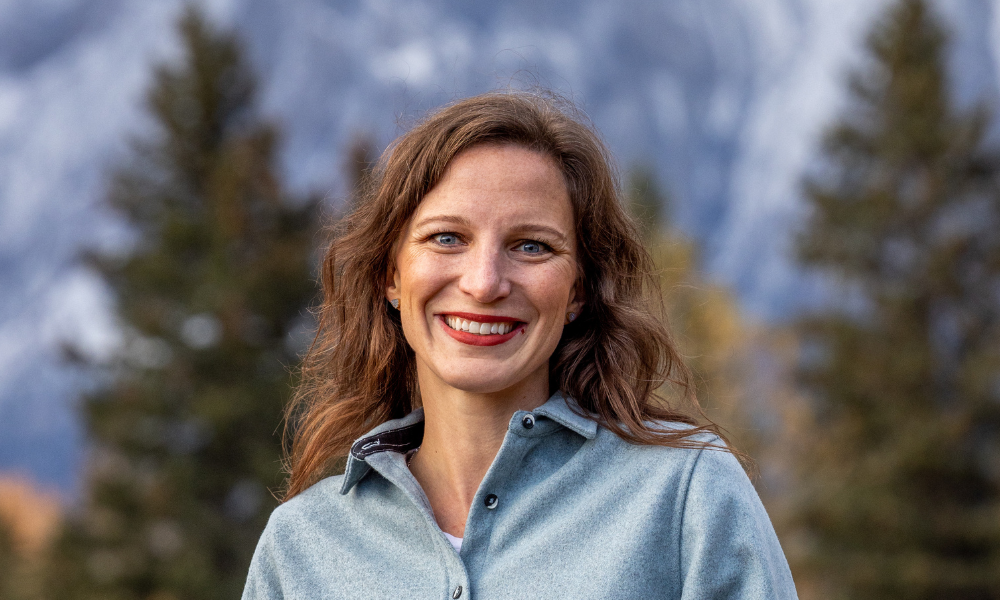Provide more frequent breaks, plenty of water; monitor air quality: Expert

“It’s seeming more and more like wildfire smoke is becoming a regular part of our summers so having plans in place that can be carried year over year, instead of having to scramble to come up with policies or procedures to put in place right now for what is now wildfires season.”
So says Alex Entz, operations manager at Kasa Consulting, a health and safety management firm in Calgary.
As the number of wildfires are increasing and affecting large parts of the country, even in big cities such as Toronto, Montreal and Vancouver, HR professionals at organizations with outside workers have what seems like a new risk to be considered during summer work.
But what can be done to help these employees stay healthy and safe?
“The number one thing would be probably to consider rescheduling the work until the air quality gets better but I know that’s not always possible,” says Entz.
“You can also consider if work can be relocated or if maybe you can put efforts onto a project that’s maybe got better air quality; that’s in a different location but if those things aren’t possible, something that can be done is slow the work pace down. If workers are reducing the energy that they’re expending on their work tasks, they’re reducing their respirations.”
If work must be continued, then don’t forget to increase the number of breaks and provide sufficient water for workers, she says.
Providing employees with PPE such as an N95 with a particulate filter is another way to help workers breathe better although they can be uncomfortable during especially hot days, says Entz.
Keep employees informed about consequences
Educating outside employees about the effects of wildfire smoke is another key consideration.
“It’s also beneficial to teach and train employees to recognize the signs and symptoms of smoke exposure and ensure that this smoke exposure is covered in your daily meetings and hazard assessments and identifying all the potentials including the emergency response or medical response steps that you’d want to take if there’s an employee who has a more-than-average adverse reaction to the smoke,” says Entz.
During wildfire season, HR professionals should also be regularly checking in on the air quality health index (AQHI), which can be found through a Google search or could be a part of your phone’s weather app, according to Entz.
“Keep an eye on the air quality health index, as well as other environmental factors to assess for any changes in conditions and check in with the workers regularly to see how they’re doing. You’ll want to maybe make any adjustments to the working and smoke practices that you’re following and basically, take it day by day. Adverse air quality, it’s something that you’re going to want to look at every day, maybe more than once a day.”
The index provides the best and easiest way for organizations to know the quality of the outside air.
“The AQHI does provide information on the level of health risks associated with a number. Sometimes they use colour as well on a scale of one to 10 or higher. Typically, if it’s higher than 10, it is associated with wildfire smoke,” says Entz.
The many ways wildfires are harmful
When it comes to risk, the main one is smoke that includes harmful particulate matter and carbon monoxide which can result “in the very worst cases, probably death,” she says. As well, there is a risk due to loss of property and forests, and “interruption of services like transportation; telecom.”
“I know that when those dedicated resources are working to fight the forest fires, there may be reduced emergency staff elsewhere,” says Entz.
Employers have a responsibility to be prepared for emergency situations, says an employment lawyer.
Part of being ready involves conducting a risk assessment but it’s not something that should be done only once, says Entz.
“The first thing that people should know about a risk assessment is it’s an ongoing activity. You can’t really do a risk assessment once and expect that to be good forever. As working conditions change as the environment changes, the risks need to be reassessed, and smoke and air quality they change daily, if not hourly. So the worse the air quality is, the higher risk, so the more stringent you need to be with the controls and the precautions that you’re putting into place.”




